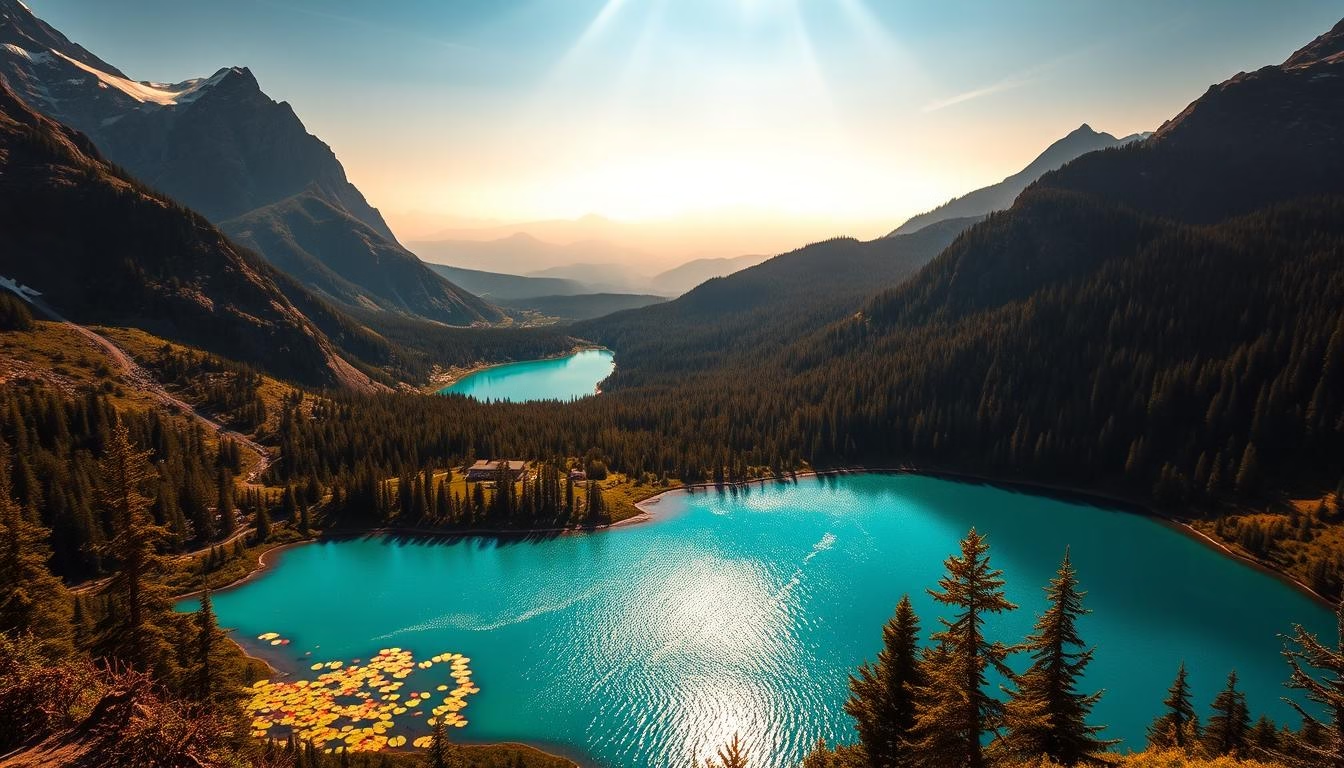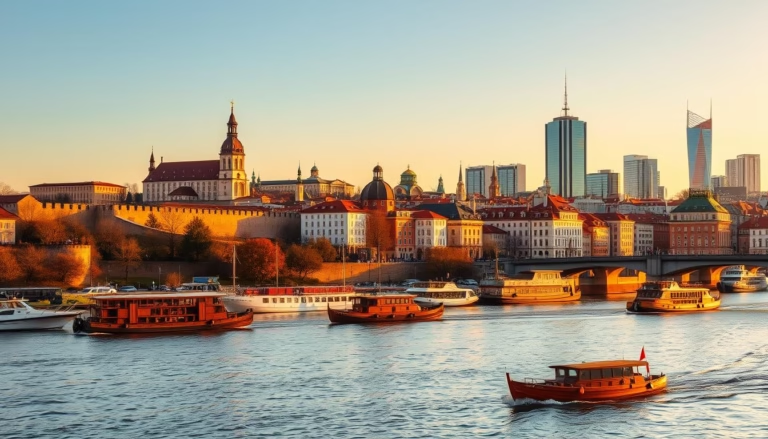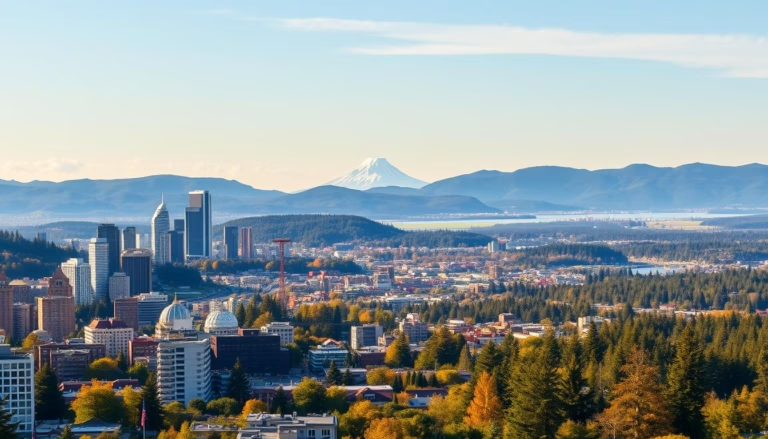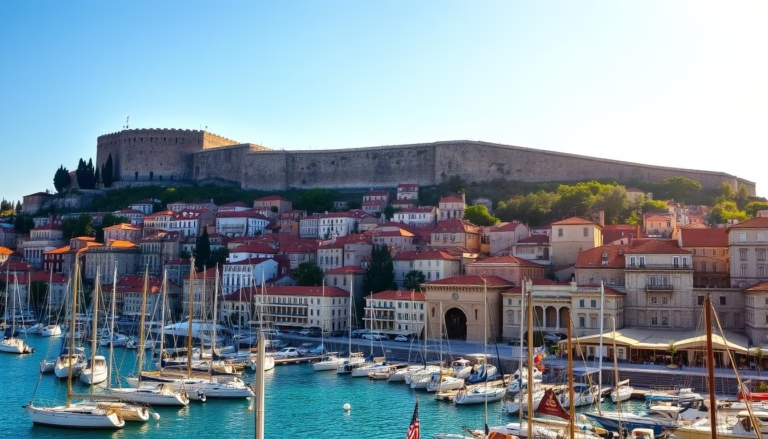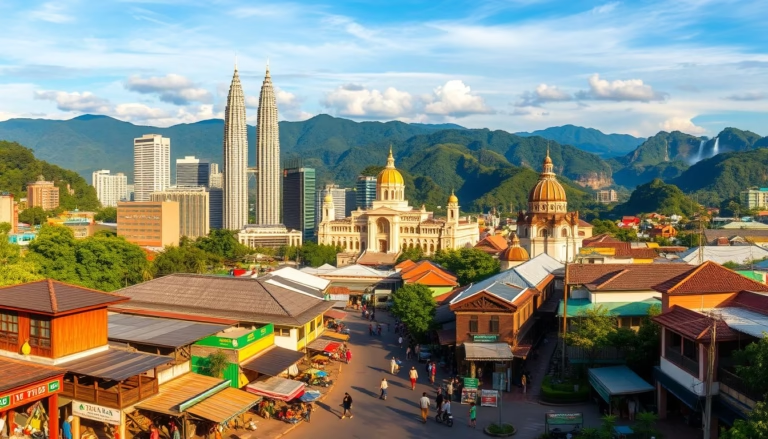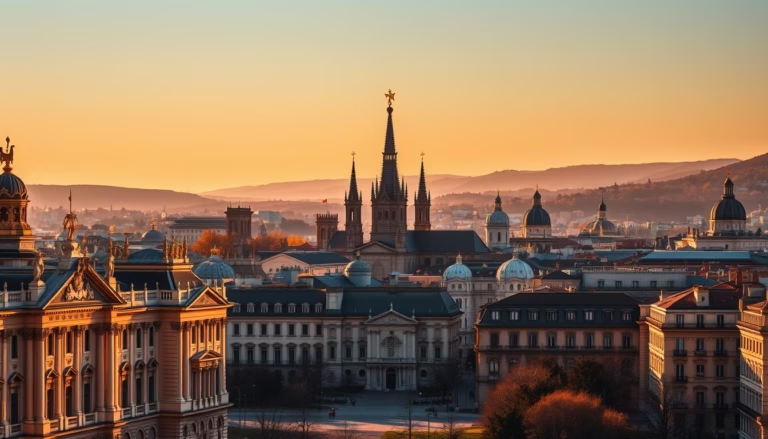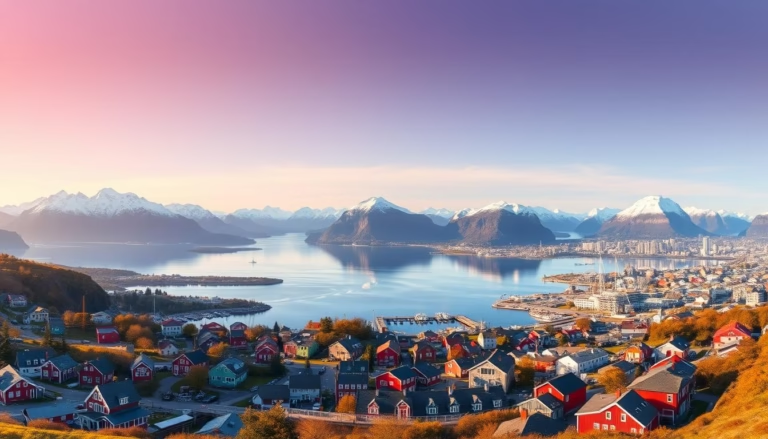Vibrant Colored Lakes: Nature’s Masterpieces
Imagine standing before waters that shimmer in shades you never thought possible. Across the globe, certain bodies of water defy expectations with hues ranging from electric turquoise to fiery crimson. These extraordinary sights aren’t just random quirks—they’re the result of intricate geological processes, mineral interactions, and environmental magic.
Take Lake Louise in Canada, where glacial flour transforms water into liquid gemstones. Or visit New Zealand’s Lake Pukaki, its blue surface mirroring snow-capped peaks like nature’s polished silver. Each location tells a unique story through its palette, shaped by factors like volcanic activity or specialized ecosystems.
This guide takes you on a global journey to discover these chromatic wonders. You’ll learn why some waters blush pink from algae blooms while others glow green from mineral deposits. Whether you’re planning adventures to dreamlike destinations or simply curious about Earth’s artistry, we’ll reveal both iconic landmarks and hidden treasures waiting to ignite your wanderlust.
Key Takeaways
- Natural coloration stems from minerals, algae, and geological activity
- Glacial lakes often showcase intense blues from rock particles
- Volcanic regions create unique chemical compositions in water
- Seasonal changes dramatically affect water hues
- Many locations offer year-round photographic opportunities
- Accessibility varies from developed sites to remote wilderness areas
Introduction to Nature’s Color Palette
Earth’s waters hold secrets that transform ordinary landscapes into living canvases. From neon greens to sunset oranges, these aquatic marvels showcase nature’s paintbrush at work. Their chromatic displays aren’t random accidents—they’re scientific symphonies conducted by minerals, light, and life itself.
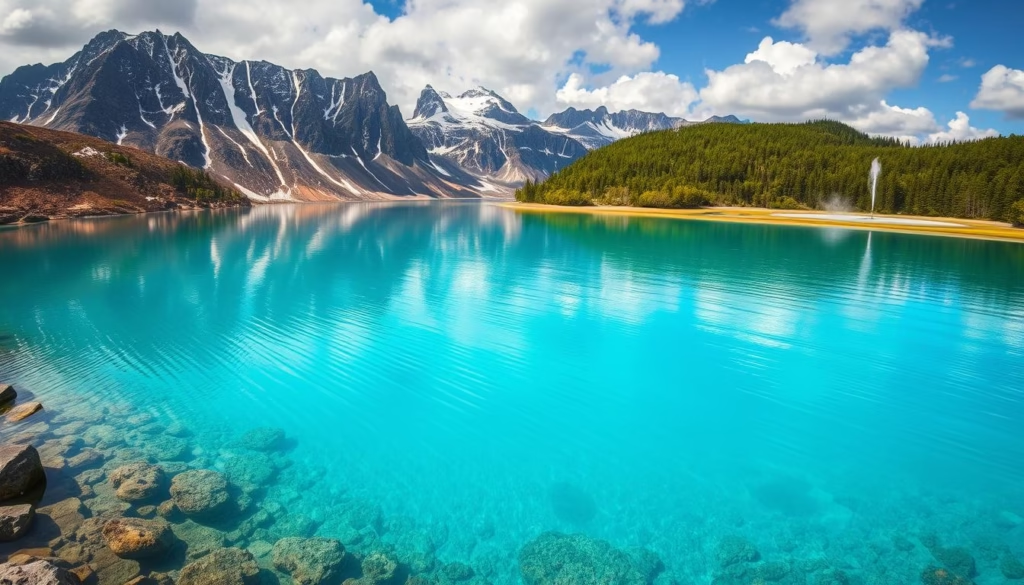
The Allure of Unusual Hues
What makes travelers trek across continents? It’s the thrill of witnessing waters that defy expectations. Glacial melt carries rock flour that turns rivers into liquid sapphire. Volcanic vents release minerals that create emerald pools. Even tiny organisms play painter—algae blooms can dye entire lagoons cotton-candy pink.
Understanding What Sets These Water Bodies Apart
Three key elements shape these chromatic wonders:
| Factor | Effect | Example |
|---|---|---|
| Mineral Content | Copper = Green Sulfur = Yellow |
Kalamalka Lake, Canada |
| Microorganisms | Algae = Red/Pink Bacteria = Orange |
Lake Hillier, Australia |
| Light Interaction | Depth changes hues Angle alters intensity |
Crater Lake, USA |
These elements combine uniquely in each location. A lake’s shade might shift daily based on weather or seasonal changes. This dynamic quality makes every visit a distinct experience—you’re seeing a moment in nature’s ongoing art show.
Exploring Beautiful Lakes of Color
What makes water blush pink or glow electric blue? The answer lies in nature’s recipe book – a mix of science and artistry that paints aquatic landscapes. These chromatic wonders appear across continents, from mountain valleys to volcanic craters.
Defining the Spectrum of Nature
Water bodies showcase nature’s full palette through surprising combinations. Glacial melt carries rock dust that creates turquoise tones in places like Canada’s Moraine Lake. Volcanic minerals might turn ponds emerald green, while salt-loving algae dye entire lagoons bubblegum pink.
| Color Source | How It Works | Prime Example |
|---|---|---|
| Glacial Flour | Reflects blue light | Lake Pukaki, NZ |
| Copper Deposits | Creates green hues | Kalamalka, Canada |
| Saltwater Algae | Produces pink shades | Hutt Lagoon, AU |
| Calcium Carbonate | Forms milky surfaces | Lake Tekapo, NZ |
Seasonal shifts add drama to these displays. A deep blue lake in summer might fade to slate gray by winter. Some waters even change shades daily based on sunlight angles or microbial activity. This constant transformation keeps visitors returning for new perspectives.
Accessibility varies widely. You’ll find some vibrant waters near cities like Kelowna, while others require hiking through remote wilderness. Regardless of location, each offers a unique window into Earth’s geological processes.
Iconic Destinations: Plitvice Lakes to Moraine Lake
Two natural wonders dominate bucket lists for chromatic water enthusiasts. One cascades through Croatian forests like liquid rainbows, while another mirrors Canadian peaks in glacial perfection. Both demonstrate how geology and light create unforgettable spectacles.
Plitvice Lakes and Their Ever-Changing Hues
Croatia’s Plitvice Lakes National Park features 16 terraced pools connected by waterfalls. Mineral-rich waters shift from emerald to sapphire based on sunlight and sediment levels. Wooden walkways let visitors watch colors transform hourly.
Each lake acts like a separate artist’s palette. Deeper basins show intense cobalt shades, while shallow areas reveal translucent greens. “You’ll swear someone dropped food coloring in the streams,” notes frequent hiker Luka Pavić.
Moraine Lake’s Glacier-Fed Brilliance in Banff National Park
In Banff National Park, Moraine Lake’s vivid tones come from glacial “flour” – rock particles ground by ice. These micron-sized sediments refract sunlight, creating that iconic turquoise photographers chase. Morning light intensifies the effect dramatically.
| Feature | Plitvice Lakes | Moraine Lake |
|---|---|---|
| Color Source | Minerals & algae | Glacial flour |
| Best Viewing | Spring blooms | Summer thaw |
| Unique Trait | Interconnected falls | Mountain reflections |
While Plitvice offers endless exploration, Moraine delivers concentrated drama. Both prove nature’s color mastery needs no digital enhancement. Visit during shoulder seasons for smaller crowds and richer hues.
Global Gems: From Jiuzhaigou to Lake Nakuru
From China’s mountain valleys to East Africa’s rift systems, our planet hides chromatic treasures that redefine expectations. These destinations combine natural artistry with ecological marvels, offering visual spectacles found nowhere else.
Turquoise Waters of Jiuzhaigou Valley
Jiuzhaigou Valley’s 114 alpine pools glow like scattered gemstones. Local Tibetans call them “Haizi” (son of the sea), as their mineral-rich waters mirror oceanic shades. Ancient glaciers carved these basins, while calcium deposits now create surreal turquoise tones.
Visitors marvel at underwater forests visible through crystal-clear lakes. “It’s like snorkeling without getting wet,” says travel blogger Mei Lin. Seasonal changes add drama – autumn foliage intensifies the valley’s color contrasts dramatically.
Lake Nakuru and Its Flamingo Spectacle
Kenya’s shallow soda lake becomes a pink wonderland during flamingo migrations. Alkaline waters breed blue-green algae, drawing up to 1.5 million lesser flamingos. Their collective plumage transforms shorelines into living sunsets.
| Feature | Jiuzhaigou Valley | Lake Nakuru |
|---|---|---|
| Primary Color | Turquoise | Pink (seasonal) |
| Key Attraction | UNESCO waterfalls | Flamingo flocks |
| Best Season | September-October | July-September |
While Jiuzhaigou showcases geological artistry, Nakuru highlights ecological interdependence. Both rank among Earth’s most unforgettable attractions, proving nature’s palette knows no borders.
Mystical Vistas: Kelimutu and Laguna Colorada
Volcanoes and high-altitude plains hold chromatic secrets that defy logic. Two destinations stand out for their ever-changing displays and extreme environments. These sites reveal how geological forces and microscopic life collaborate to create living art.
Kelimutu Volcano’s Trio of Colorful Crater Lakes
Indonesia’s Kelimutu volcano hosts three crater lakes that behave like mood rings. Tiwu Ata Mbupu (blue), Tiwu Nuwa Muri Koo Fai (green), and Tiwu Ata Polo (red) sit mere meters apart. Their shades shift unpredictably due to volcanic gas interactions.
Fumaroles – volcanic vents – pump minerals into each basin. This creates distinct chemical soups despite shared origins. “One morning, the ‘blue’ lake looked like mint tea,” recalls guide Komang Surya. Scientists monitor these changes to predict volcanic activity.
Laguna Colorada’s Reddish Waters and Unique Ecosystem
At 14,000 feet in Bolivia’s Andes, this rust-colored lagoon stuns visitors. Red sediments mix with algae pigments to create Martian landscapes. The shallow waters attract three flamingo species that feed on specialized microbes.
| Feature | Kelimutu | Laguna Colorada |
|---|---|---|
| Color Source | Volcanic gases | Algae & sediments |
| Key Attraction | Color-changing trio | Flamingo colonies |
| Best Visit Time | Dry season (July-Aug) | Nov-Dec for wildlife |
Both locations prove nature’s artistry thrives in extreme conditions. They’ve become bucket-list attractions for adventurers seeking Earth’s most surreal spectacles.
Unique Alpine Experiences: Lake Pukaki and Beyond
High-altitude landscapes hold some of Earth’s most striking aquatic displays. Where icy air meets crystal-clear waters, nature stages shows that blend raw power with delicate beauty.
New Zealand’s Glacier Blue Wonder
Lake Pukaki’s glacial flour transforms sunlight into liquid gemstones. Meltwater from the Southern Alps carries micron-sized rock particles that refract light, creating its signature electric blue tones. This phenomenon intensifies on clear days, making the water appear almost surreal against snow-dusted ridges.
As the Mackenzie Basin’s second-largest alpine treasure, this body of water offers more than visual drama. Its shores provide front-row seats to Aoraki/Mount Cook’s majesty. Visitors often describe the experience as standing between two mirrors – one liquid, one stone.
Nearby trails reveal smaller pools with similar origins. Each demonstrates how glaciers shape both land and light. For photographers, dawn delivers unmatched clarity when mountain peaks glow pink above the blue expanse.
